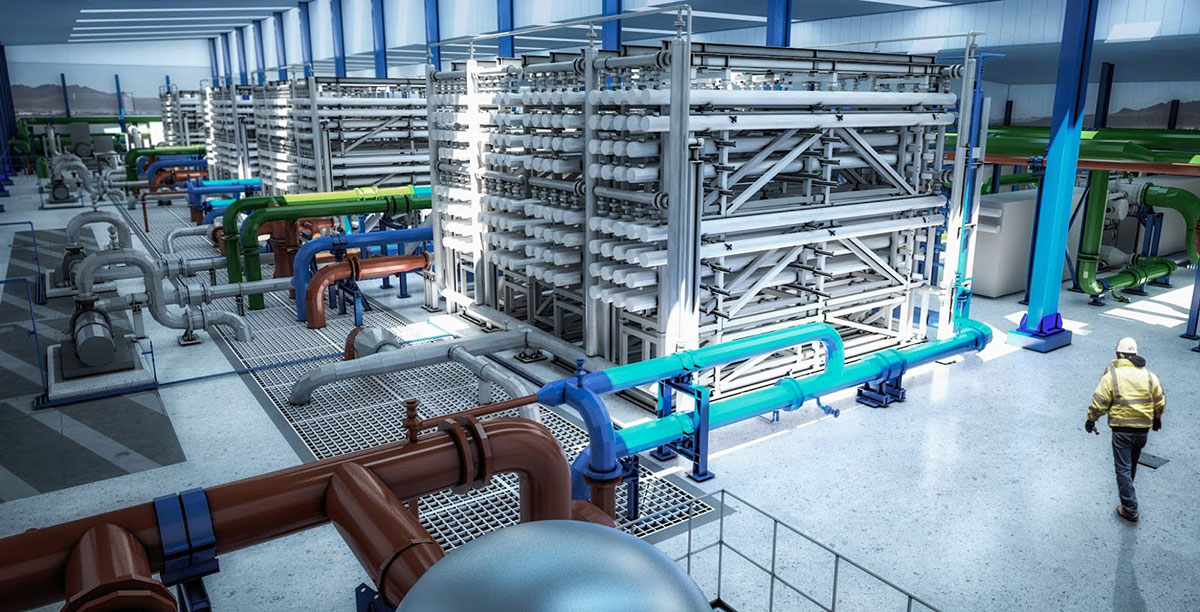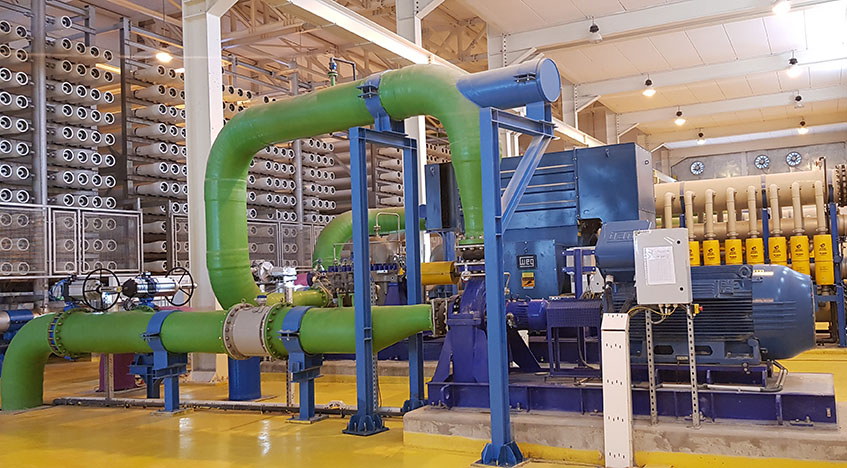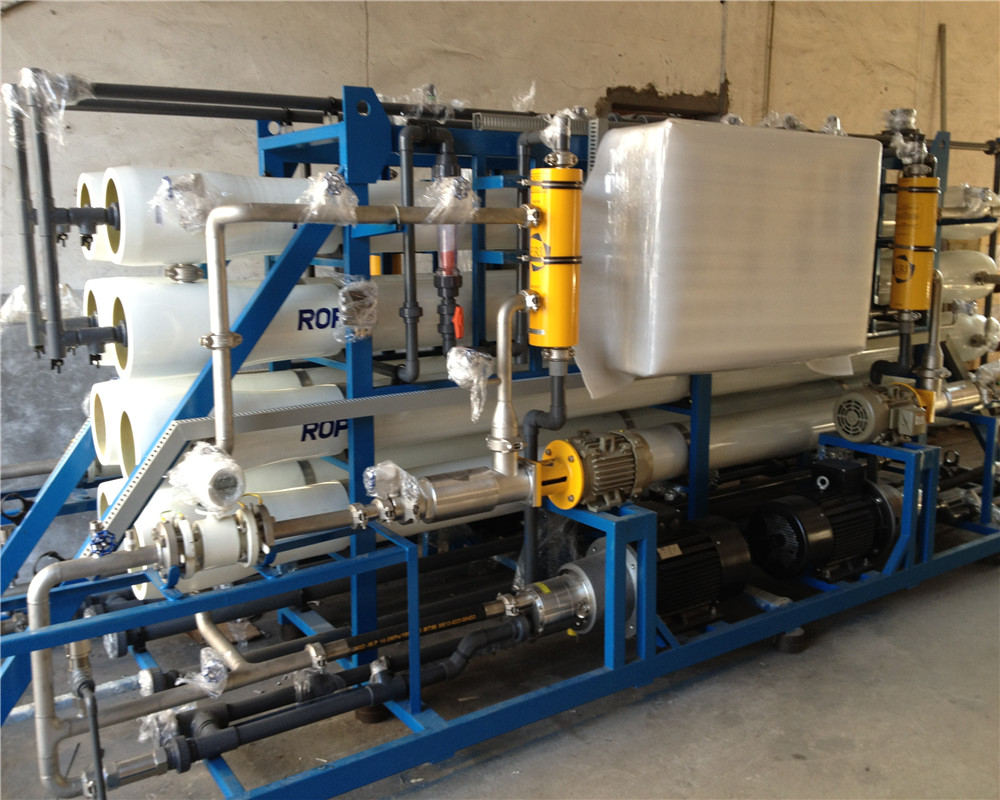What are the benefits of seawater desalination?
Seawater desalination has always been an important way to solve the problem of scarcity of fresh water resources. It uses advanced technology to remove salt from seawater and convert it into usable freshwater resources. So, what are the benefits of sea water desalination?
Provide a reliable source of fresh water:
One of the biggest benefits of seawater desalination technology is providing a reliable source of fresh water. Most parts of the world are facing a shortage of freshwater resources, and seawater desalination technology can convert seawater into freshwater resources that can be used for human life and industry. Especially in coastal areas, seawater desalination technology can become an important way to replenish water resources to ensure that people have sufficient water supply.
Reduce pressure on fresh water resources:
In addition to providing additional water resources, sea water desalination technology can help reduce pressure on existing freshwater resources. With population growth and economic development, the demand for freshwater resources continues to increase, and existing freshwater resources are often unable to meet this demand. Through seawater desalination technology, seawater can be converted into usable freshwater resources, thereby mitigating overuse and competition for existing freshwater resources.
Meeting urban and industrial water needs:
Another benefit of seawater desalination technology is the ability to meet the growing water needs of cities and industrial areas. As urbanization accelerates and the level of industrialization increases, the demand for water in cities and industrial areas continues to increase, and traditional freshwater resources are often unable to meet this demand. Through seawater desalination technology, seawater can be converted into sufficient freshwater resources to meet the growing water demand in cities and industrial areas and promote sustainable development of cities and industries.

How does sea water desalination technology work?
Now that we understand the benefits of seawater desalination technology, let’s take a closer look at how this technology works.
Reverse osmosis membrane filtration:
The main working principle of Sea water desalination technology is achieved through reverse osmosis membrane filtration. In reverse osmosis, seawater is pushed through a series of semipermeable membranes that allow only water molecules to pass through, while blocking out salts and other dissolved solids. In this way, the seawater is separated into two parts: one is filtered fresh water, and the other is wastewater enriched with salt and other dissolved solids.
High pressure pump pressurization:
In order to push seawater through reverse osmosis membrane filtration, it is usually necessary to use a high-pressure pump to pressurize the seawater. The high-pressure pump can pressurize the seawater enough to overcome the osmotic pressure of the reverse osmosis membrane, thereby forcing the seawater to pass through the membrane filter to achieve the separation of fresh water and wastewater.
Post-treatment and water quality conditioning:
After the seawater is filtered through the reverse osmosis membrane, the fresh water obtained needs to be post-processed and water quality adjusted to meet the standards of drinking water or industrial water. The post-treatment process may include pH adjustment, disinfection, adding minerals and other steps to ensure that the final fresh water quality meets the requirements.

What is the current development status of sea water desalination technology?
Development status of sea water desalination technology
The development of seawater desalination technology has gone through multiple stages, from traditional distillation to modern reverse osmosis technology. Currently, reverse osmosis technology is the most commonly used method for sea water desalination. It uses high pressure to force seawater through a semipermeable membrane to separate salt and impurities. This technology has the advantages of high efficiency, energy saving, and low cost, and has become the mainstream technology of seawater desalination.
Application of reverse osmosis technology
Reverse osmosis technology has been widely used around the world, and many countries and regions have established seawater desalination plants to use this technology to solve the problem of water shortages. Especially in water-scarce areas such as the Middle East and island countries, reverse osmosis technology plays an important role in providing a stable supply of fresh water to local residents.
1. Application in coastal areas:
Seawater desalination technology is widely used around the world, especially in coastal areas. Many countries and regions are facing the shortage of fresh water resources, and seawater desalination technology can become an important way to replenish water resources. Some coastal countries such as Saudi Arabia and the United Arab Emirates have established large-scale seawater desalination plants to solve the problem of freshwater resource shortage through seawater desalination technology.
2. Application in islands and remote areas:
In addition to coastal areas, seawater desalination technology is also widely used in some islands and remote areas. These areas often lack fresh water resources, and sea water desalination technology can help them solve water supply problems and protect residents' living and production needs. Some Pacific island countries such as the Maldives and Guam have adopted seawater desalination technology to solve the problem of freshwater resource shortages.
3. Applications for emergency and disaster relief:
In addition, seawater desalination technology is also widely used in emergency and disaster relief fields. In some natural disasters or emergencies, seawater desalination technology can be quickly deployed to convert seawater into freshwater resources for emergency use, ensuring people's lives and safety. For example, in earthquakes, hurricanes, etc.

What impact does seawater desalination have on the environment?
The impact of seawater desalination on the environment
Although seawater desalination technology can solve the problem of water shortage, it may also have certain impact on the environment. First, the construction and operation of seawater desalination plants require large amounts of energy, which may lead to increased greenhouse gas emissions and exacerbate climate change issues. Secondly, the discharge of high-concentration salt water produced during the sea water desalination process may have an impact on the ecological environment of the surrounding sea areas, and effective measures need to be taken to control and manage it. Therefore, when promoting and applying seawater desalination technology, it is necessary to fully consider its impact on the environment and take corresponding environmental protection measures to ensure sustainable development and ecological balance.






